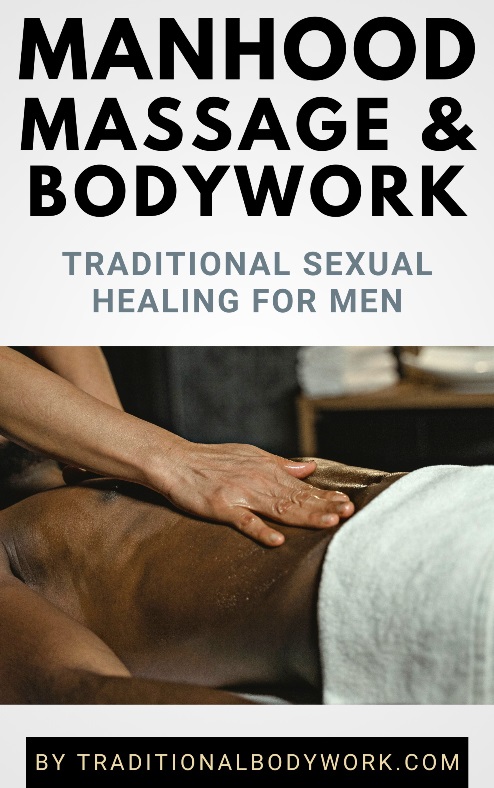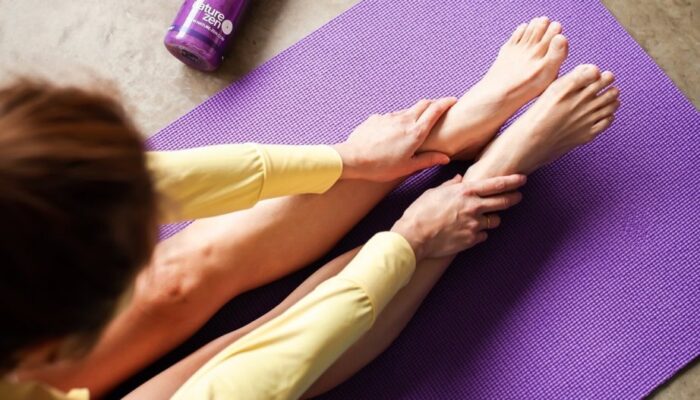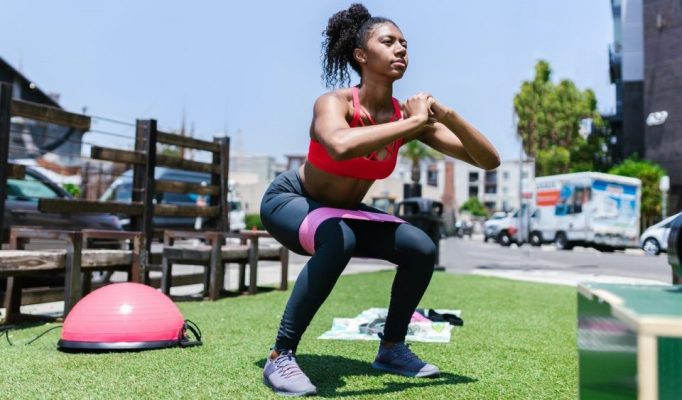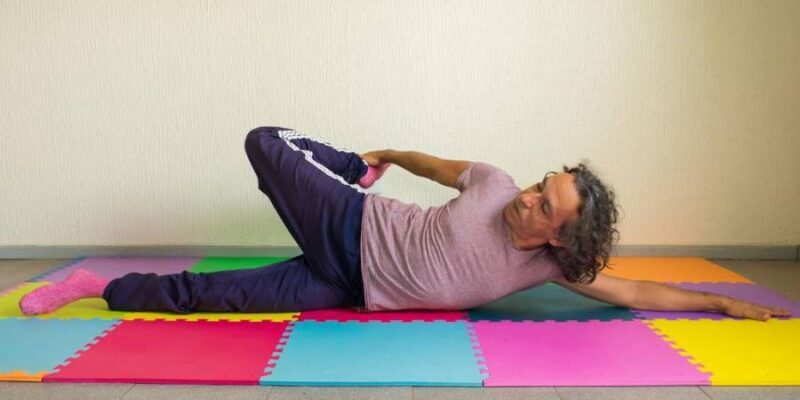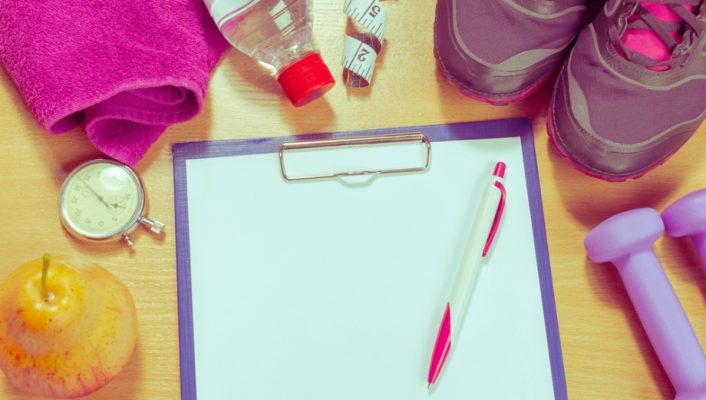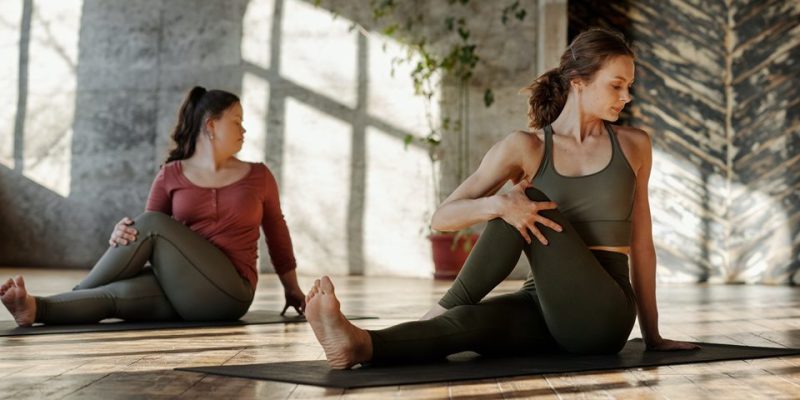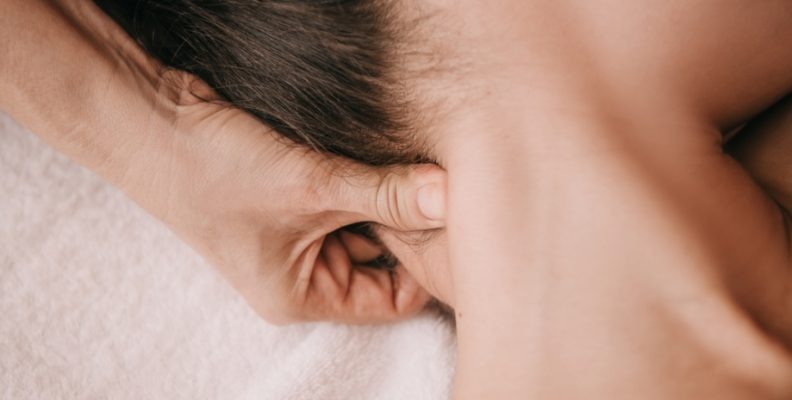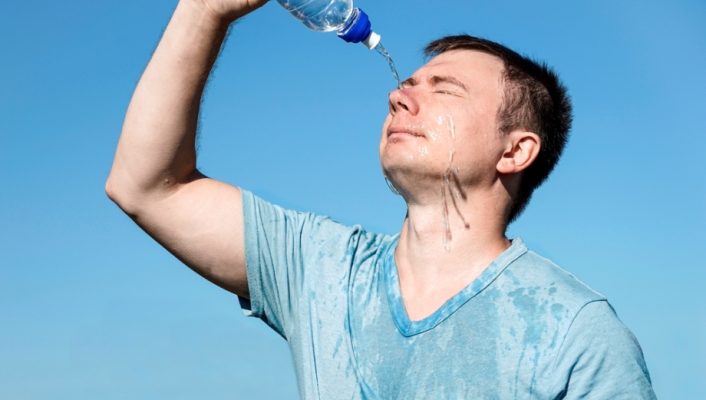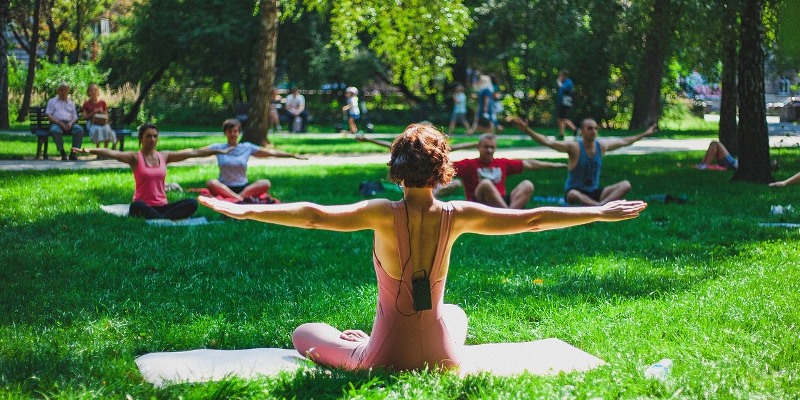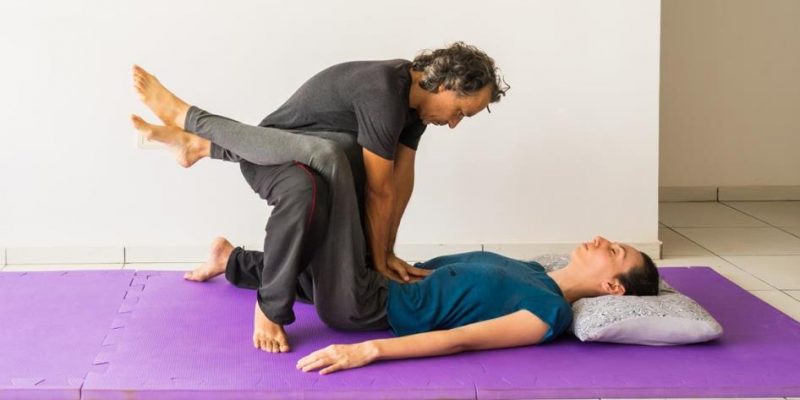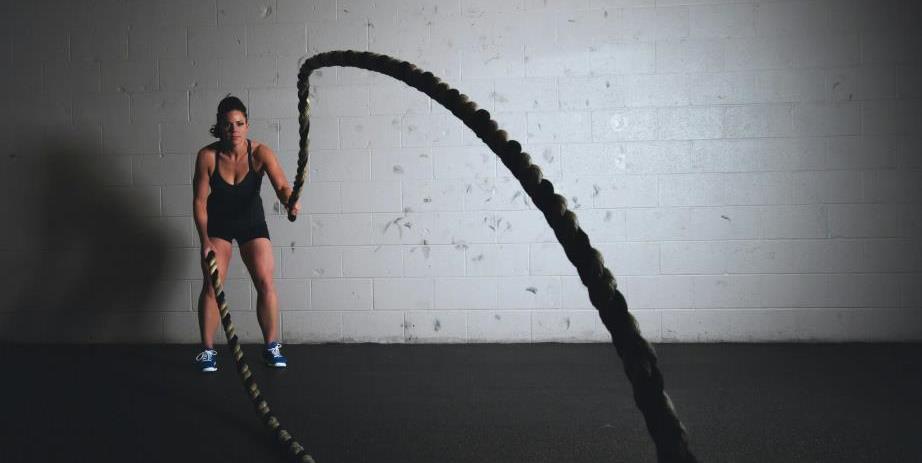
Any fitness program depends on post-workout recovery. Muscles heal, grow, and strengthen themselves during rehabilitation. Good recovery strategies can help greatly lower muscular discomfort, avoid damage, and improve general performance. Ignoring recovery puts you in danger of overtraining, burnout, and injury.
Therefore, both athletes and casual exercisers depend on using a well-rounded rehabilitation plan. So, here are a few tips to help you relax your body after a full workout session.
Proper Hydration
Nutrition and hydration are very important parts of recovering from exercise. Your body needs water to help carry nutrients and oxygen to muscles, which assists in their recovery and growth. It’s good to drink some water or a beverage containing electrolytes right after exercising, so you can replenish lost fluids and electrolytes; this stops dehydration as well as muscle cramps from happening.
It’s essential to have a balanced and nutritious meal two hours after you finish your workout. A mix of good fats, carbs and proteins will greatly help in mending muscles as well as refilling glycogen stores. Carbs are what restore glycogen following exercise; at the same time, proteins offer amino acids needed for muscle repair and growth.
Though sometimes disregarded, healthy fats help general cell function and recovery mechanisms. Choose foods high in lean proteins like chicken or fish, complex carbohydrates like sweet potatoes or whole grains, and good fats from sources like avocados or nuts.
Also, if you are always on the go and feeling exhausted, look into IV therapy. Some good service providers will deliver you an IV package as well as administer it to you wherever you are. For instance, if you are in Las Vegas, all you need to do is search for IV therapy Las Vegas-based specialists to deliver you the IV personally and help you have a relaxing and comfortable recovery.
Stretching and Foam Rolling
Stretching helps to decrease muscle tightness, enhance blood circulation and keep flexibility. Dynamic stretching, which is done immediately after exercising, assists in gradually bringing down the body temperature and maintaining muscle flexibility. After the body has cooled off, static stretching could assist in further elongating muscles and avoiding stiffness.
Foam rolling, which is also called self-myofascial release, uses a foam roller to apply pressure on certain muscle areas. This assists in improving blood circulation and the flexibility of muscles while breaking down scar tissue. Rolling foam regularly helps enhance overall muscle function and decreases soreness.
Adequate Sleep and Rest
Probably, the most important thing for post-workout recuperation is sleep. During sleep, the body undergoes various restorative processes, including the production of growth hormones that support muscle development and tissue repair. Enough sleep helps the body be rejuvenated, and control mood—all of which help prepare it for the next exercise. Each night aim for at least 7 to 9 hours of quality sleep to guarantee the best recovery and performance.
Moreover, rest days are a must. These are the days when you avoid strenuous exercise so that your nervous system and muscles may heal. Low-intensity exercises like walking or moderate yoga, known as active rest, can be helpful as they increase blood flow without taxing the muscles excessively.
Cold Therapy and Compression Garments
Cold therapy—ice baths or ice pack applications—can greatly lower inflammation and muscular discomfort. Cold exposure narrows blood vessels, therefore lowering metabolic activity and swelling in the afflicted areas. It is quite helpful just after demanding exercises.
Designed to exert pressure on particular body parts, compression clothing can improve blood flow and lower muscular stiffness and fatigue. These clothes support faster recovery by helping the muscles to release lactic acid and other metabolic wastes. To help in their recovery, athletes usually wear full-body suits, stockings, or compression sleeves.
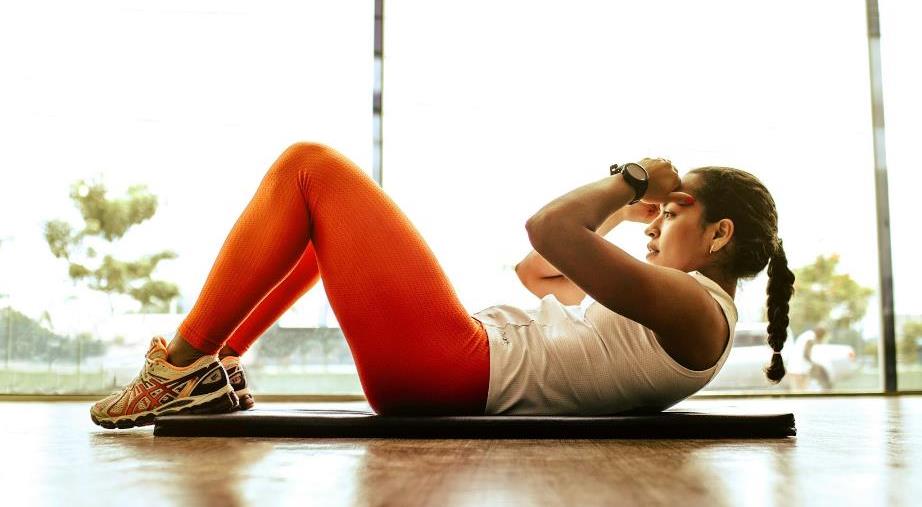
Relaxation Strategies for Mental Health
A full rehabilitation requires mental relaxation techniques including mindfulness, meditation, and deep breathing exercises. Performance and physical recuperation can be seriously hampered by mental tiredness and stress. Yoga and meditation, among other practices, assist in controlling stress, increase mental clarity, and enhance well-being.
Mindfulness helps you stay focused on the present moment, which can reduce stress and anxiety. Progressive muscle relaxation or guided imagery are two meditation techniques that help the body relax and reduce cortisol levels.
All in all, including these methods in your daily practice can help to establish a healthy mind-body connection, therefore boosting general recuperation and performance.
Conclusion
Including these healing strategies in your post-exercise regimen will improve your fitness level and help avoid injuries. So remember, effective healing depends on sufficient hydration and nutrition, stretching and foam rolling, enough sleep and rest, cold therapy and compression clothing, as well as mental relaxation techniques.
Giving recovery top priority guarantees that your body is ready for the next workouts, which promotes continuous development and general health.






